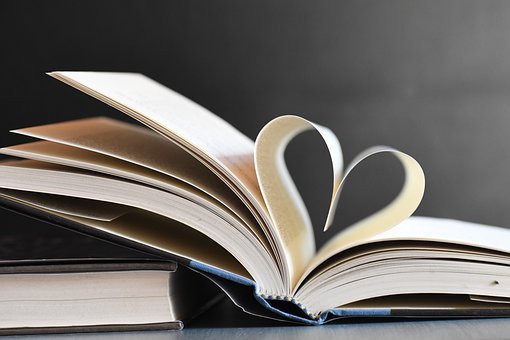Words By Molly Openshaw
As Valentine’s day approaches, romance novels are reaching the top of the book charts. One of the most popular books on Amazon at the moment is Julia Quinn’s “The Duke and I”. After Netflix hit Bridgerton was released in late December, fans have been eager to get their hands on the bestselling book series from the early 2000s.
However, readers have been shocked that despite the colour-blind casting in the television series, the novels are a different story. It is apparent in the novel that the majority of characters are white, with the Duke being presented as fair with blue eyes. This is a drastic change from the diverse, refreshing portrayal in Shonda Rhimes’ hit show. However, the most concerning issue is the depiction of the Duke’s travels to the continent of Africa with no specific explanation of where he travelled to and the only descriptions of his travels occurring in reference to violent or savage behaviour. There are specific examples where the African communities are only ever described when relating to animalistic, feral behaviour. This is problematic and these disturbing undertones throughout the book mean that we cannot paint the novels with the same brush as the television series.
As a result, this Valentine’s season, there are some more progressive, diverse, and beautiful books to deliver the themes of love and relationships.
Over the course of January, conversation surrounding equal representation in literature has reached a new high, with Penguin forming the new “Lit in Colour” programme to diversify the English Literature curriculum in British schools. This shows how important it is to diversify our reading habits and look at inclusive literature, especially within genres such as romance that are dominated by heteronormative characters. Below are some examples of novels and memoirs that not only depict relationships in all forms but include diverse and equal portrayals of love.
Mira Jacob’s “Good Talk: a memoir in conversations” is a graphic memoir telling the story of a relationship between a mother and a son facing racial discrimination. As a first-generation American, Jacob’s beautifully honest memoir shows the uncomfortable truth of a mother preparing her son for a future of prejudice in New York. Jacob combines her skilled illustrations and humorous narrative style to show the conversations she has with her son. These discussions include that of racial inequality, what it means to be different and how to treat others with respect.
Maggie Nelson’s “The Argonauts” tells the story of gender identity and trans rights in the wake of the Californian Proposition 8 in 2008. This memoir depicts life as a series of small fragments that come together to create beautiful relationships and love. In terms of this memoir’s form, it is characterised by merging poetry, autobiography, and literary critique. This multi-modal approach to writing seems to mirror the ideology behind this memoir, the idea that we do not need to be castrated by binary gender identities or restricted to one form of love. This beautiful memoir shows that relationships are not two-dimensional and can adapt and change as much as we can as people, if not more.
Candice Carty-Williams’ “Queenie” is a coming-of-age story of Jamaican-British girl trying to get to grips on her own cultural identity. Throughout this story, Carty-Williams shows the struggle with mental health, class, and cultural identity as well as toxic relationships and love. Queenie is a character unsure of her place in society after her Jamaican family mixes with the culture of Britain. This hilarious and relatable story shows how important identity is and the importance of self-love in relationships.
Sambra Habib’s “We Have Always Been Here: a queer Muslim memoir” follows Habib as a refugee in Canada escaping the terror threat in Pakistan. With discussions of the struggle of arranged marriages, racism, queerness, poverty and growing feminist liberation, this memoir discusses what it is like to feel out of place and different. Habib struggles to keep her family happy by maintaining their Muslim identity whilst simultaneously conforming to the new society. This memoir discusses the role of forgiveness and family strength in a beautiful lesson for all people that have ever felt powerless and displaced.
With these books we can see an inclusive, diverse, and beautiful depiction of love and relationships in different cultures, races, genders, and sexualities.

